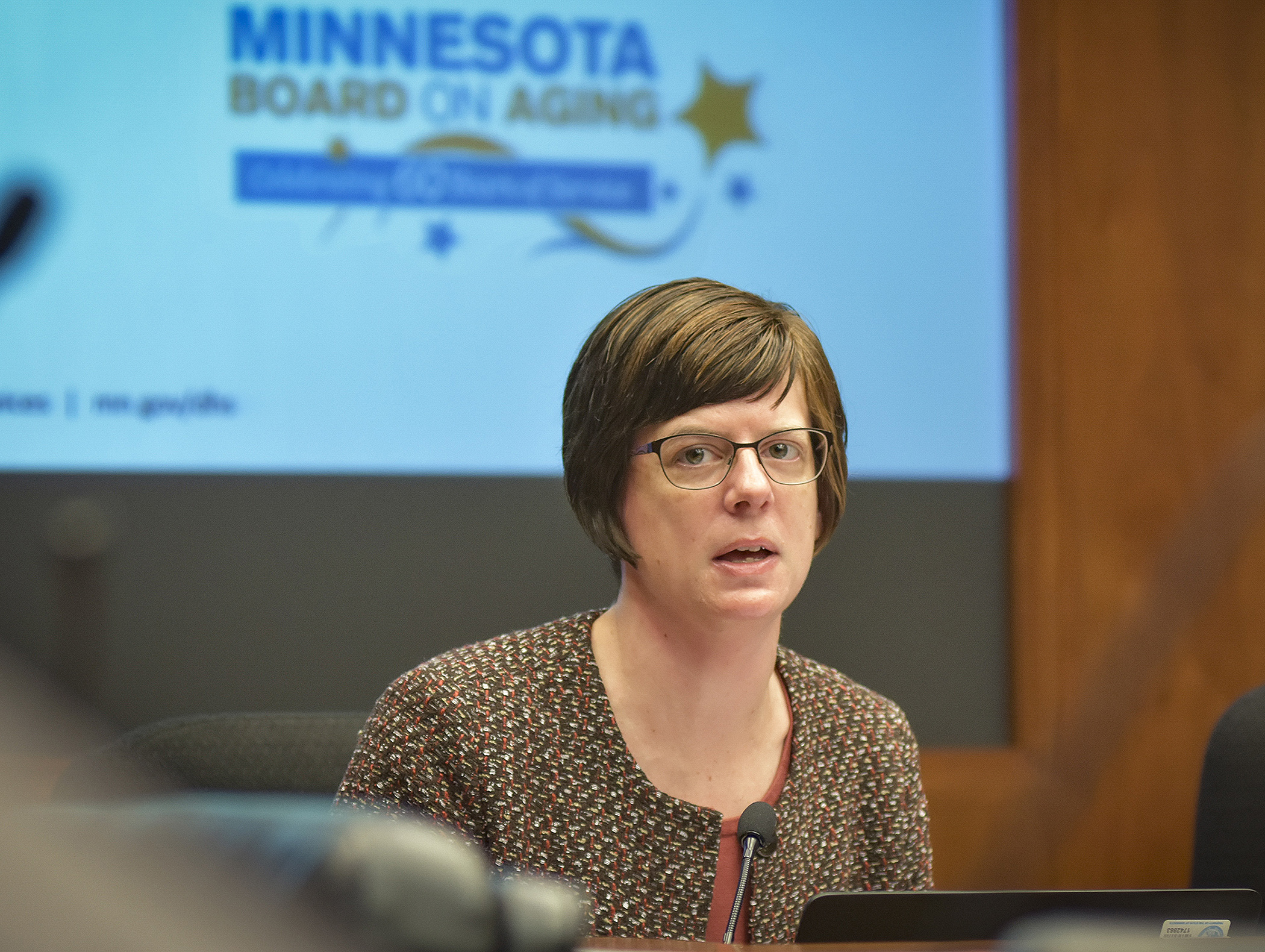DHS program aims to help aging Minnesotans plan for the future

Minnesotans are getting older. The number of people over 65 is expected to grow 107 percent between 2010 and 2030 while the rest of the population is expected to grow 6 percent.
And most Baby Boomers don’t have enough money saved pay for their long-term care, LaRhae Knatterud told the House Subcommittee on Aging and Long-Term Care during an update Wednesday. No action was taken.
The Department of Human Services’ launched the “Own Your Future Minnesota” initiative in 2012 to encourage people to plan for their futures and identify affordable options for middle-income households, said Knatterud, the program’s aging transformation director.
“As we look to the future and we see the huge age wave of the Baby Boomers … we’ve also seen a dramatic increase in life expectancy. And so, people are living longer, and that means they often experience then need for long-term care,” which costs $57,000 a year on average, Knatterud said.
The vast majority of older people still receive care from family members – despite early predictions that family involvement would decrease, said Kari Benson, director of the department’s Aging and Adult Services Division.
But when familial support is unavailable or insufficient, people need the option of seeking care through an at-home agency or facility.
And for middle-income people, affording that care can be difficult. Wealthy people can afford to pay for their own care and those with very low incomes have access to Medicaid support; but most Minnesotans fall somewhere in-between, Knatterud said.
Possible solutions include adding homecare benefits to supplemental Medicare policies, or a life insurance option that could be converted into long-term care funding when the policyholder reaches a certain age.
“We’re busy, we hope, trying to find some new ways to help individuals pat for the services that they are probably going to need in their old age,” Knatterud said.
Related Articles
Search Session Daily
Advanced Search OptionsPriority Dailies
Speaker Emerita Melissa Hortman, husband killed in attack
By HPIS Staff House Speaker Emerita Melissa Hortman (DFL-Brooklyn Park) and her husband, Mark, were fatally shot in their home early Saturday morning.
Gov. Tim Walz announced the news dur...
House Speaker Emerita Melissa Hortman (DFL-Brooklyn Park) and her husband, Mark, were fatally shot in their home early Saturday morning.
Gov. Tim Walz announced the news dur...
Lawmakers deliver budget bills to governor's desk in one-day special session
By Mike Cook About that talk of needing all 21 hours left in a legislative day to complete a special session?
House members were more than up to the challenge Monday. Beginning at 10 a.m...
About that talk of needing all 21 hours left in a legislative day to complete a special session?
House members were more than up to the challenge Monday. Beginning at 10 a.m...